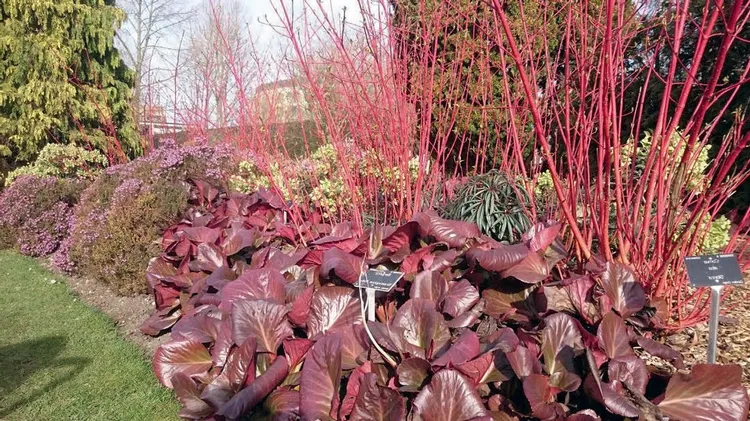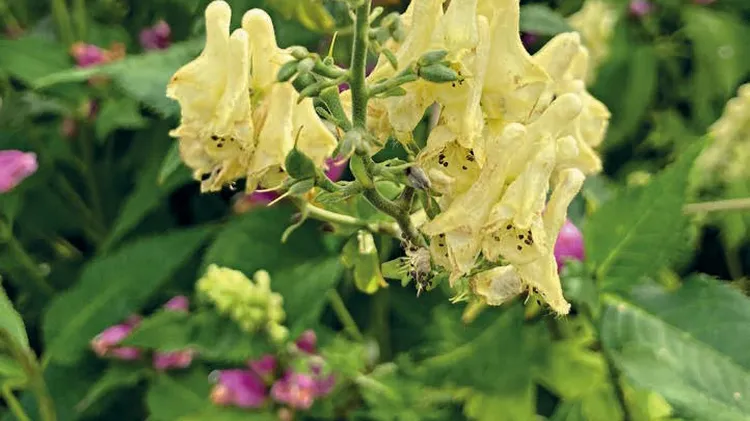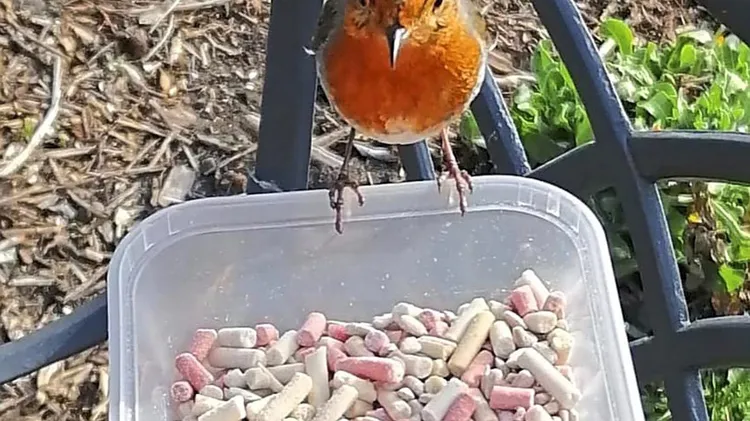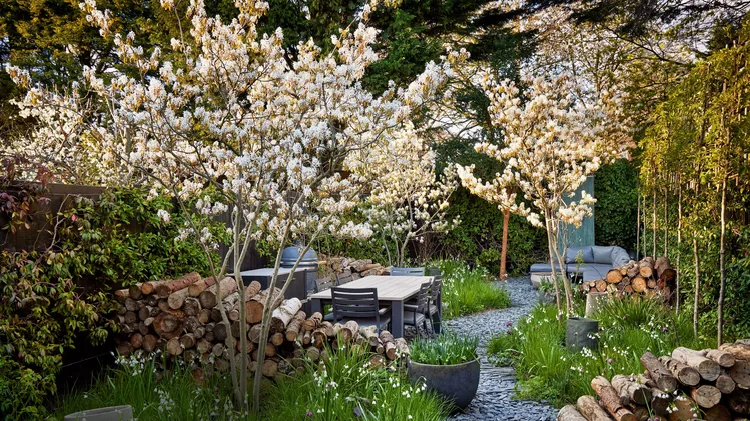With tree ferns and other exotic plants making an impact at Longmeadow,
A taste of the tropics
8 min read
This article is from...
Read this article and 8000+ more magazines and newspapers on Readly






